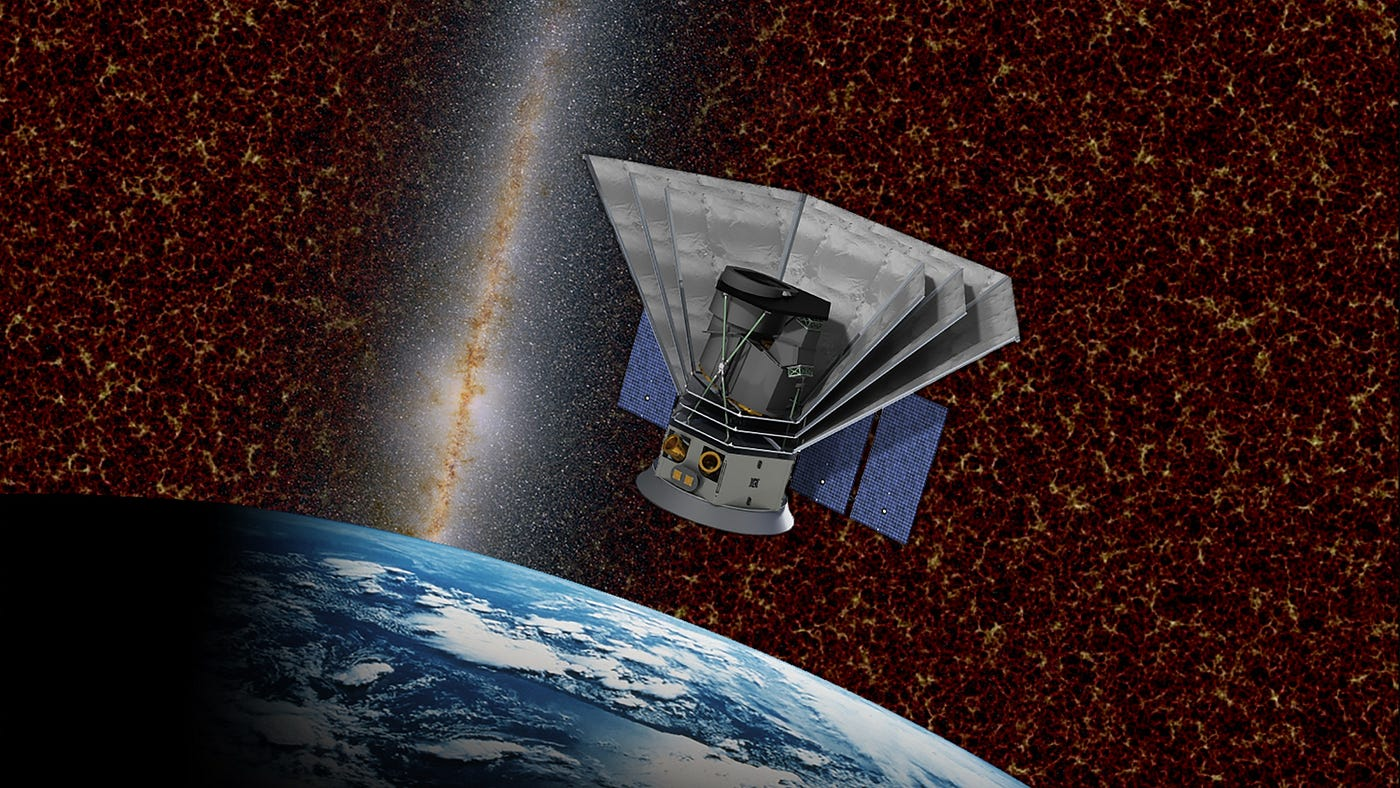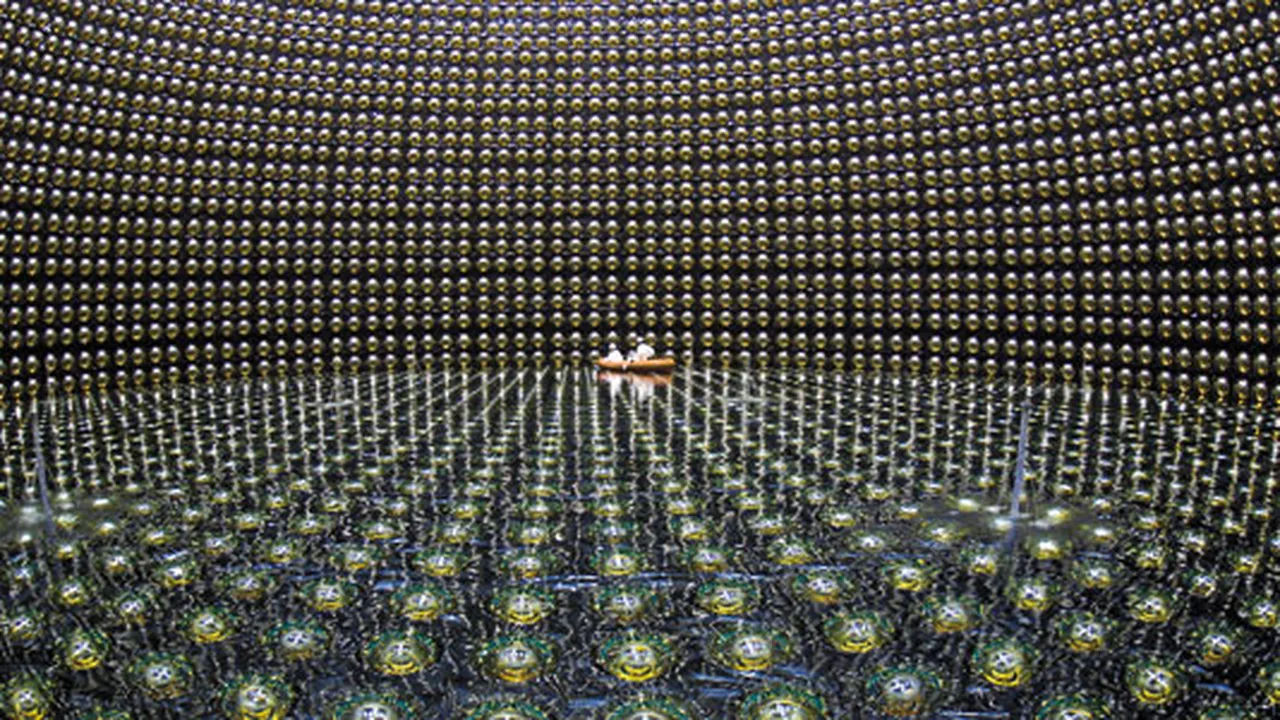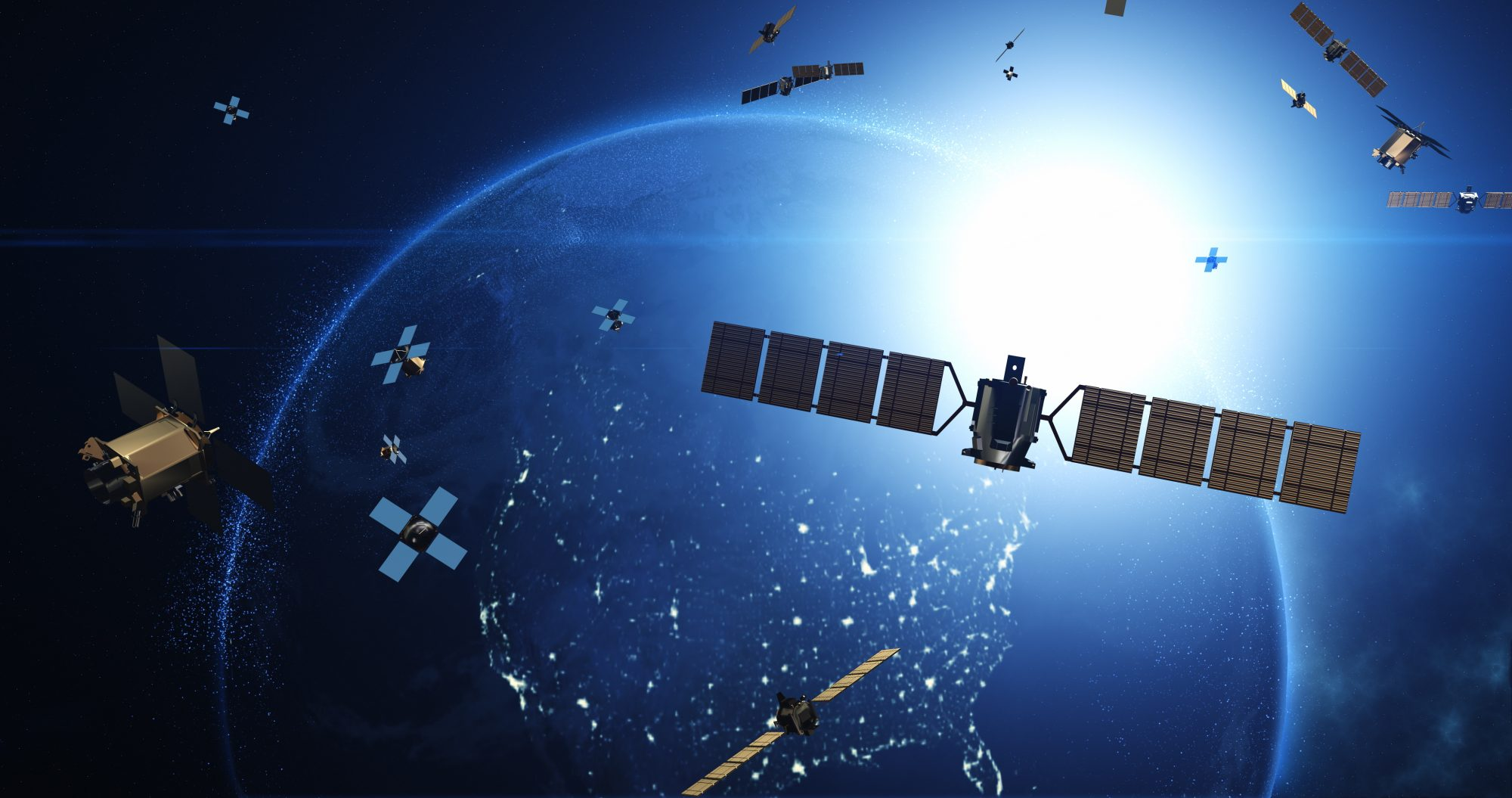In 2014, satellites recorded a phenomenon never before seen: a space hurricane swirling over the Earth’s polar ionosphere. Unlike traditional hurricanes formed by warm ocean air, this swirling plasma storm occurred over the North Pole, spinning for eight hours with a calm center, spiraling arms, and rain—of electrons. It wasn’t until 2021 that researchers formally published the discovery, highlighting an entirely new category of space weather.
The lead author, Professor Mike Lockwood from the University of Reading, emphasized that such storms are driven by solar wind and magnetic fields rather than atmospheric moisture. This storm was around 1,000 km wide and hovered hundreds of kilometers above Earth, depositing energy and charged particles into the upper atmosphere. From a scientific standpoint, space hurricanes expand our understanding of Earth’s magnetosphere and how space weather can impact satellite operations, navigation systems, and even power grids.
Trust in the findings stems from extensive satellite data and peer-reviewed studies. The existence of space hurricanes implies they could be a common planetary occurrence—similar vortexes have since been theorized on Mars and Saturn. As human infrastructure extends into space, studying these plasma storms becomes increasingly critical. Understanding their formation and frequency can enhance Earth’s space weather prediction models, supporting safer satellite use and improved defense against geomagnetic disruptions.







